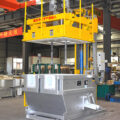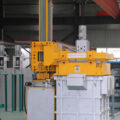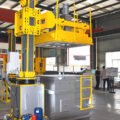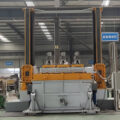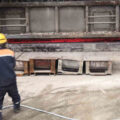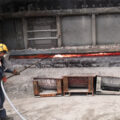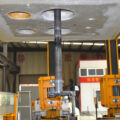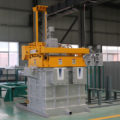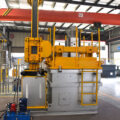Molten Aluminium Degassing Machine removes hydrogen and non-metallic inclusions from molten aluminium by introducing inert gas or chlorine gas into the molten metal in the form of bubbles. However, due to the presence of water in the atmosphere, aluminum and atmospheric water react on the surface of the molten metal (2Al+3H2O➝Al2O3+3H2), resulting in the problem of infiltration of the produced hydrogen into the melt. The surface of molten aluminum that is allowed to sit is usually covered with a dense coating of aluminum oxide so that atmospheric water does not react with the aluminum.
The hydrogen in the molten aluminum diffuses through and is entrained in bubbles of the process gas, and as these bubbles travel up through the melt to its surface, the hydrogen is released into the atmosphere. The non-metallic inclusions in the molten aluminum are brought to the scum layer on the surface of the molten metal by the bubbles of the processing gas. Non-metallic inclusions on the melt surface are removed by filtration through a ceramic foam filter.
Molten aluminum prior to casting contains dissolved hydrogen and non-metallic inclusions, such as aluminum and magnesium oxides, as undesired impurities. When hydrogen gas and non-metallic inclusions are present in molten aluminum, defects may occur in ingots prepared from the melt and in products prepared from ingots. Therefore, hydrogen and non-metallic inclusions must be removed from the molten metal.
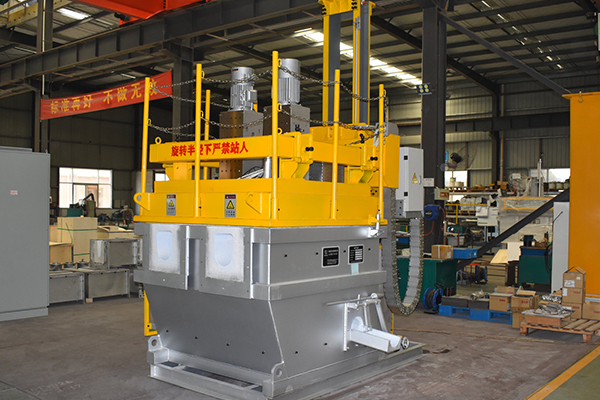
Molten Aluminium Degassing Machine is used to remove hydrogen and non-metallic inclusions from molten metal. Useful process gases to be introduced into molten aluminium are various gases such as inert gases and chlorine.
However, when a process gas such as inert gas or chlorine is forced into the molten aluminum, the released air bubbles floating on the melt surface disturb the surface and destroy the alumina coating on the melt surface, thereby exposing the melt to the atmosphere of the broken part. The water in the atmosphere then reacts with the aluminum and a new oxide coating forms on the damaged part, producing hydrogen gas and allowing the gas to penetrate into the melt.
Molten metal degassing is a method for removing hydrogen and non-metallic inclusions from molten aluminum by introducing a process gas into the molten aluminum. The water content in the atmosphere above the molten aluminum surface is reduced to reduce the amount of hydrogen produced by the reaction of aluminum and water, resulting in improved hydrogen removal efficiency.

